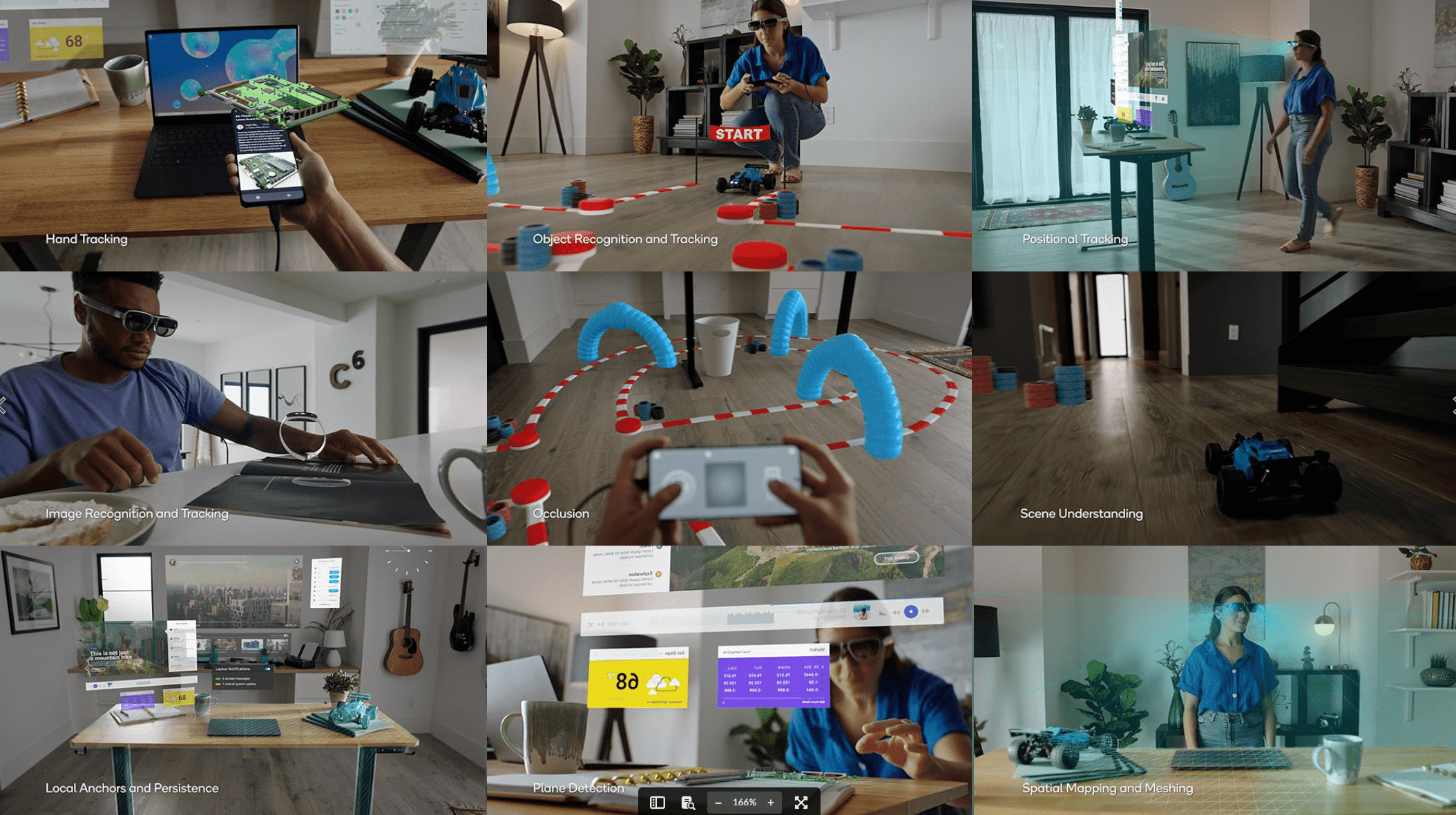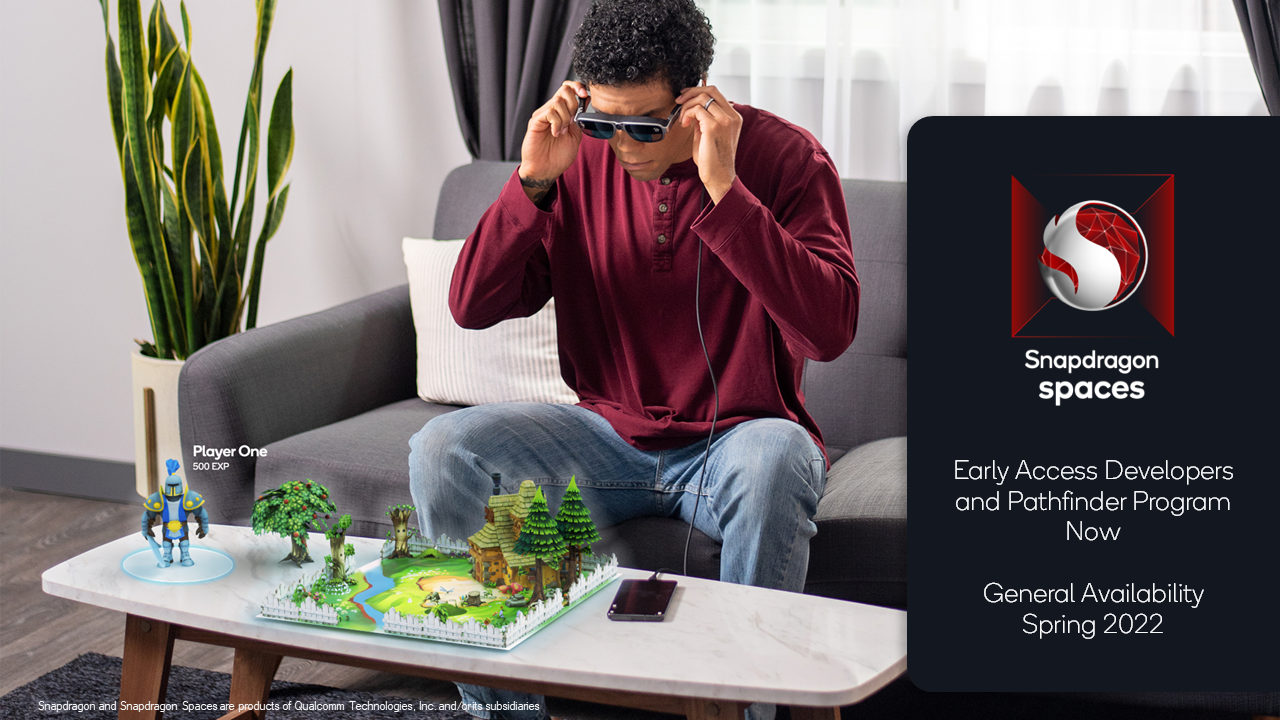Like it or not, everyone is talking about the metaverse, and now Qualcomm is trying to get into the mix with a new AR development platform called Qualcomm Spaces.
Described as a multi-device AR development platform and ecosystem, Qualcomm is hoping Snapdragon Spaces will provide the building blocks for creating new AR apps intended for next-gen headsets and beyond.
Qualcomm says Snapdragon Spaces is already in the hands of select developers via early access, with plans to make the platform more widely available starting in the spring of 2022. Unlike more traditional game development platforms like Unity or Unreal Engine, Snapdragon Spaces provides a slightly different set of development tools meant to better facilitate apps that need to recognise and interact with the real world using augmented reality thanks to support for spatial mapping, plane detection, object tracking and recognition (for things like hands), AR anchors, and more.

Qualcomm is generally best known for its Arm-based mobile chips and cellular modems and IP, the pivot to AR development isn’t that much of a stretch, particularly when you factor in that Qualcomm’s Snapdragon XR2 chip is already powering a number of popular headsets including the Oculus Quest 2 (Meta Quest 2?).
Notably, Qualcomm says Snapdragon Spaces will be an open cross-device platform and ecosystem designed to support a wide range of AR devices including standalone AR glasses and smartphone-powered AR devices, while also supporting SDKs for a lot of today’s game development engines such as Unreal Engine and Niantic’s newly announced Lightship platform, to help better bridge the gap between traditional 3D and new AR development.
Snapdragon Spaces also supports app portability with Unity AR, and the platform is based on the Khronos OpenXR spec to support further portability with other platforms. To help encourage AR development, Qualcomm is also launching its Snapdragon Spaces Pathfinder Program to help find, support, and promote new AR projects.

Naturally, thanks to Qualcomm’s wide range of existing partners, a number of big names have already chimed in pledging support Snapdragon Spaces in some way. Lenovo claims that its ThinkReality A3 smart glasses will be the first AR glasses to support Snapdragon Spaces. Other big names also planning to develop apps or devices using Snapdragon Spaces include T-Mobile, Xiaomi, ViacomCBS, Oppo, Motorola, and others.
It’s important to remember that Qualcomm typically refrains from making actual consumer devices, so in the end, it’ll be up to device makers and app developers take advantage of all of Snapdragon Spaces’ different tools and features. But the big takeaway is that between the company formerly known as Facebook and its Horizon platform, Microsoft’s Mesh platform, and now Qualcomm’s Snapdragon Spaces, no one wants to be left out of the push toward the metaverse. The questions remain how any of this stuff will work together and whether the metaverse as a concept is something real people will actually want or participate in.
